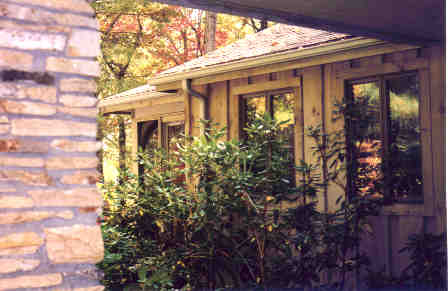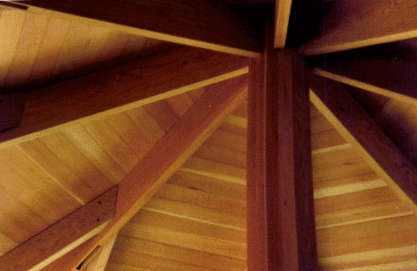 B ALD MOUNTAIN HOMES, INC.Solar & Non-Toxic, "An Environmental Partnership" |
 B ALD MOUNTAIN HOMES, INC.Solar & Non-Toxic, "An Environmental Partnership" |









Current Building Project: |
 |
E-Mail: JASenechal@aol.com
US Mail: PO Box 1665, Asheville, NC 28802